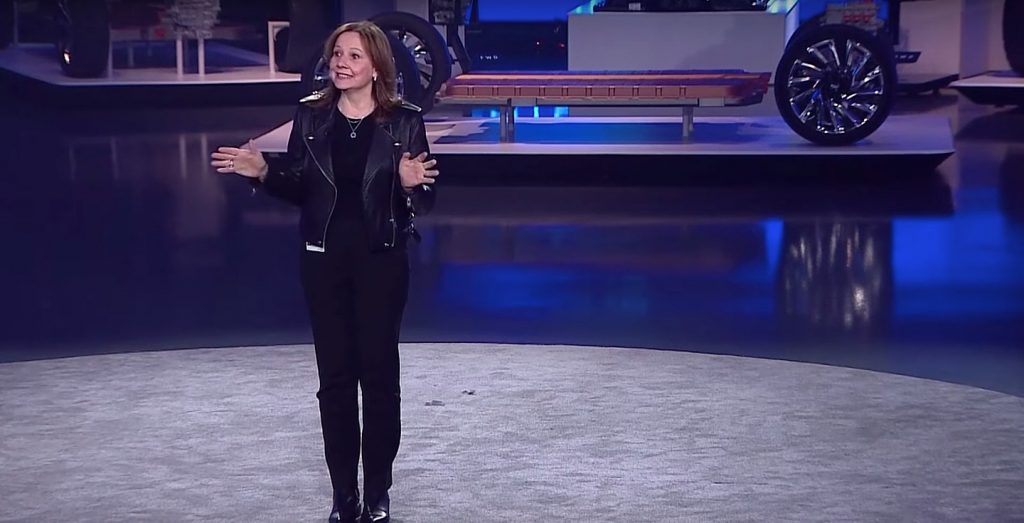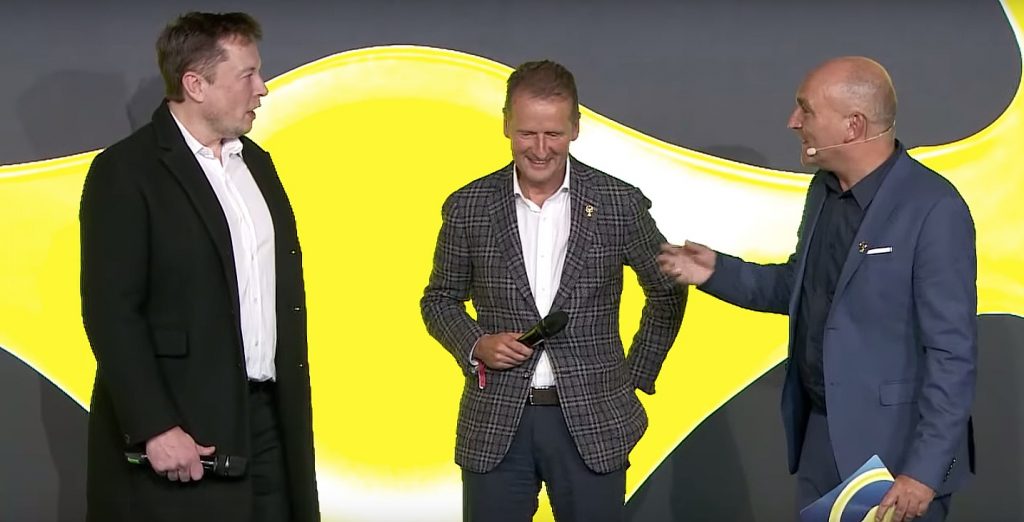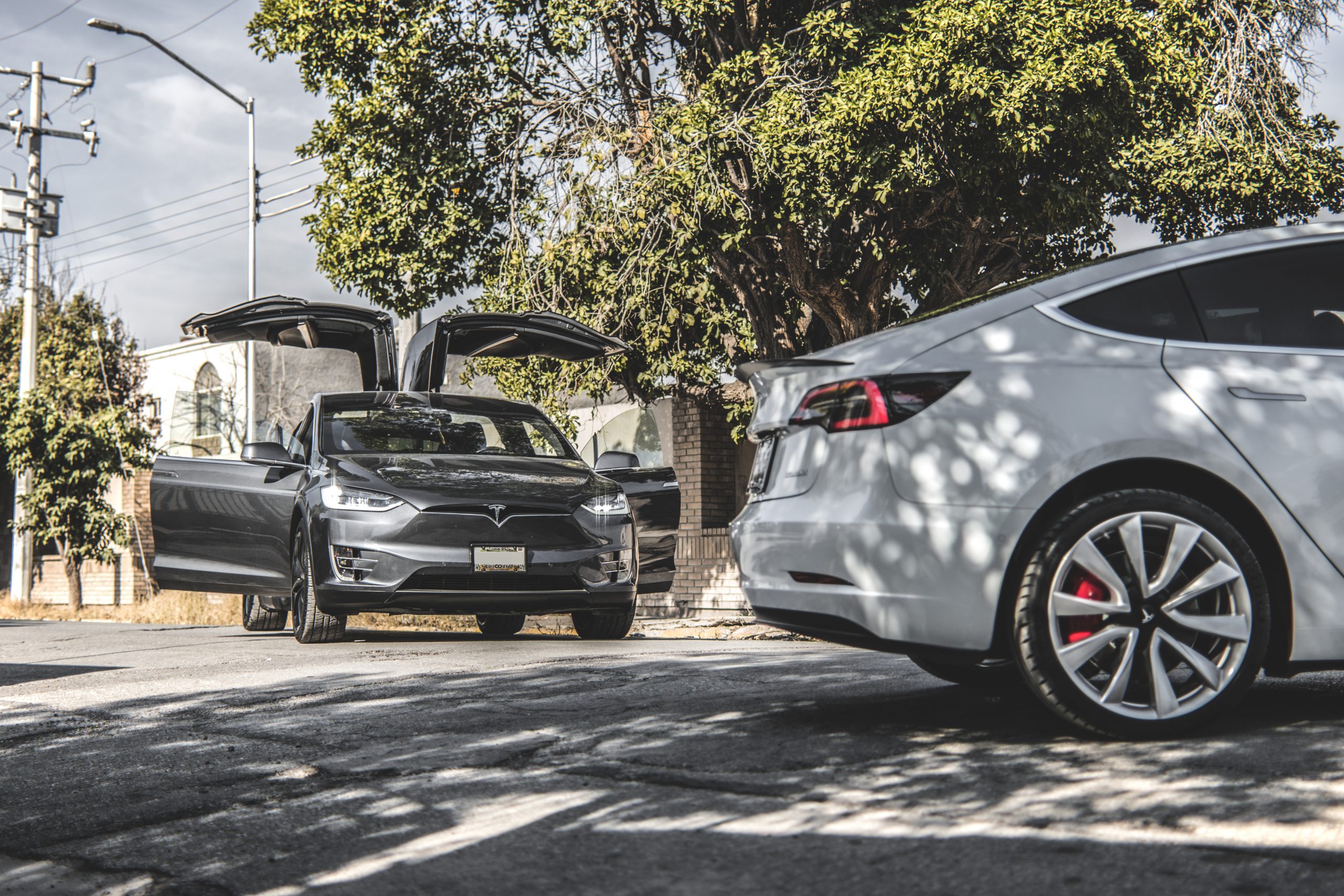A look at recent announcements from legacy automakers would give the idea that the electric car revolution is at hand. GM recently announced a massive $20 billion push for electrification. Volkswagen’s CEO is quite literally putting his career on the line to make a mass-market electric car, and Porsche has given one of its most historic sites an “open-heart surgery” just to make an all-electric sports car. Across the board, the “Tesla Effect” seems alive and well, with automaker after automaker announcing their support for electric vehicles.
Yet for all these statements and promises, the EV revolution, at least in the US, does not seem to be going as fast as it could be. In fact, it appears that for many US auto dealerships, it would be better if the transition to electric vehicles happens far into the future, or better yet, never. This was according to a brief trip by Chevy Bolt owner and CNET founding member Brooke Crothers, who recently got a sobering look at the sheer apathy among US auto dealerships when it comes to EVs.
Amidst legacy auto’s accelerating electric car programs, Crothers opted to visit one of the largest auto malls in the United States, located at Cerritos, CA. The Golden State is considered the center of America’s electric car movement, being the home of Tesla and one of the country’s strictest emissions programs. Thus, it would only make sense if the electric car revolution is evident in the state’s car dealers. Unfortunately for the tech veteran, he soon learned that this was not the case.

Crothers visited numerous automakers, starting with GM, which currently sells the Bolt EV, an electric car that is pretty comparable to the Model 3 Standard Range Plus in terms of range. The GM dealership did not have a single Bolt available on the lot. Instead, the only thing that potential car buyers could find are gas guzzlers like Silverado trucks, cars like the Corvette and Camaro, and large SUVs like the Suburban. This is quite disappointing considering that GM actually has a history of being a first mover in sustainable transport, with cars like the EV1 and the Volt under its belt.
Volkswagen’s dealer was no better. The German automaker is in the middle of a massive electric car program, one that CEO Herbert Diess considers as his personal project. Crothers stated that the VW dealer he visited only had the e-Golf available, which is an electric car from the bygone era of compliance vehicles. It remains to be seen if the company’s EV initiative in Germany will spill over to the US, but for now, Volkswagen’s electric car program in the United States seems substandard at best.
Acura seems to be among the worst, with a salesperson telling Crothers that there is no future in electric vehicles. Gas will rule, the automaker’s representative said, and the only viable way for sustainable transport are fuel cell hybrids. The dealership also stated that they only sold “a couple” of hybrid MDX vehicles in the past 12 months. “There’s no demand,” an Acura salesperson said.

Some legacy automakers did show some degree of the “Tesla Effect,” with Nissan, Honda, Hyundai, and Audi having some electric vehicles in their lot. Nissan actually had a Leaf available, and Honda had several Clarity models in its showroom window. Hyundai was even better with staff being ready to answer questions about the Kona EV and the Ioniq (though both vehicles were in the dealer’s back lot). The same was true for Audi, whose staff seemed knowledgable and enthusiastic about the e-tron.
The “Tesla Effect” is a series of initiatives from numerous industries that follow one theme: The end of the oil age and the beginning of the electric era. This effect has taken hold in the auto sector, as young carmaker Tesla ended up disrupting several industries with vehicles like the Model 3. The “Tesla Effect” is only bound to get more prominent too, amidst the company’s focus on residential solar and battery storage, as well as the release of potentially high-margin vehicles like the Model Y and the Cybertruck.
Across the auto industry, the “Tesla Effect” could be seen, with practically every automaker in the industry seemingly going all-in on their respective electric car programs. All-electric newcomers with a lot of potential are poised to enter the market as well, led by independent companies like Rivian and Bollinger, and sub-brands such as Polestar. Overall, legacy automakers seem ready to embrace electrification. They just need to persuade their dealers to put effort into selling their EVs.

News
Tesla FSD fleet is nearing 7 billion total miles, including 2.5 billion city miles
As can be seen on Tesla’s official FSD webpage, vehicles equipped with the system have now navigated over 6.99 billion miles.

Tesla’s Full Self-Driving (Supervised) fleet is closing in on almost 7 billion total miles driven, as per data posted by the company on its official FSD webpage.
These figures hint at the massive scale of data fueling Tesla’s rapid FSD improvements, which have been quite notable as of late.
FSD mileage milestones
As can be seen on Tesla’s official FSD webpage, vehicles equipped with the system have now navigated over 6.99 billion miles. Tesla owner and avid FSD tester Whole Mars Catalog also shared a screenshot indicating that from the nearly 7 billion miles traveled by the FSD fleet, more than 2.5 billion miles were driven inside cities.
City miles are particularly valuable for complex urban scenarios like unprotected turns, pedestrian interactions, and traffic lights. This is also the difference-maker for FSD, as only complex solutions, such as Waymo’s self-driving taxis, operate similarly on inner-city streets. And even then, incidents such as the San Francisco blackouts have proven challenging for sensor-rich vehicles like Waymos.
Tesla’s data edge
Tesla has a number of advantages in the autonomous vehicle sector, one of which is the size of its fleet and the number of vehicles training FSD on real-world roads. Tesla’s nearly 7 billion FSD miles then allow the company to roll out updates that make its vehicles behave like they are being driven by experienced drivers, even if they are operating on their own.
So notable are Tesla’s improvements to FSD that NVIDIA Director of Robotics Jim Fan, after experiencing FSD v14, noted that the system is the first AI that passes what he described as a “Physical Turing Test.”
“Despite knowing exactly how robot learning works, I still find it magical watching the steering wheel turn by itself. First it feels surreal, next it becomes routine. Then, like the smartphone, taking it away actively hurts. This is how humanity gets rewired and glued to god-like technologies,” Fan wrote in a post on X.
News
Tesla starts showing how FSD will change lives in Europe
Local officials tested the system on narrow country roads and were impressed by FSD’s smooth, human-like driving, with some calling the service a game-changer for everyday life in areas that are far from urban centers.

Tesla has launched Europe’s first public shuttle service using Full Self-Driving (Supervised) in the rural Eifelkreis Bitburg-Prüm region of Germany, demonstrating how the technology can restore independence and mobility for people who struggle with limited transport options.
Local officials tested the system on narrow country roads and were impressed by FSD’s smooth, human-like driving, with some calling the service a game-changer for everyday life in areas that are far from urban centers.
Officials see real impact on rural residents
Arzfeld Mayor Johannes Kuhl and District Administrator Andreas Kruppert personally tested the Tesla shuttle service. This allowed them to see just how well FSD navigated winding lanes and rural roads confidently. Kruppert said, “Autonomous driving sounds like science fiction to many, but we simply see here that it works totally well in rural regions too.” Kuhl, for his part, also noted that FSD “feels like a very experienced driver.”
The pilot complements the area’s “Citizen Bus” program, which provides on-demand rides for elderly residents who can no longer drive themselves. Tesla Europe shared a video of a demonstration of the service, highlighting how FSD gives people their freedom back, even in places where public transport is not as prevalent.
What the Ministry for Economic Affairs and Transport says
Rhineland-Palatinate’s Minister Daniela Schmitt supported the project, praising the collaboration that made this “first of its kind in Europe” possible. As per the ministry, the rural rollout for the service shows FSD’s potential beyond major cities, and it delivers tangible benefits like grocery runs, doctor visits, and social connections for isolated residents.
“Reliable and flexible mobility is especially vital in rural areas. With the launch of a shuttle service using self-driving vehicles (FSD supervised) by Tesla in the Eifelkreis Bitburg-Prüm, an innovative pilot project is now getting underway that complements local community bus services. It is the first project of its kind in Europe.
“The result is a real gain for rural mobility: greater accessibility, more flexibility and tangible benefits for everyday life. A strong signal for innovation, cooperation and future-oriented mobility beyond urban centers,” the ministry wrote in a LinkedIn post.
News
Tesla China quietly posts Robotaxi-related job listing
Tesla China is currently seeking a Low Voltage Electrical Engineer to work on circuit board design for the company’s autonomous vehicles.

Tesla has posted a new job listing in Shanghai explicitly tied to its Robotaxi program, fueling speculation that the company is preparing to launch its dedicated autonomous ride-hailing service in China.
As noted in the listing, Tesla China is currently seeking a Low Voltage Electrical Engineer to work on circuit board design for the company’s autonomous vehicles.
Robotaxi-specific role
The listing, which was shared on social media platform X by industry watcher @tslaming, suggested that Tesla China is looking to fill the role urgently. The job listing itself specifically mentions that the person hired for the role will be working on the Low Voltage Hardware team, which would design the circuit boards that would serve as the nervous system of the Robotaxi.
Key tasks for the role, as indicated in the job listing, include collaboration with PCB layout, firmware, mechanical, program management, and validation teams, among other responsibilities. The role is based in Shanghai.
China Robotaxi launch
China represents a massive potential market for robotaxis, with its dense urban centers and supportive policies in select cities. Tesla has limited permission to roll out FSD in the country, though despite this, its vehicles have been hailed as among the best in the market when it comes to autonomous features. So far, at least, it appears that China supports Tesla’s FSD and Robotaxi rollout.
This was hinted at in November, when Tesla brought the Cybercab to the 8th China International Import Expo (CIIE) in Shanghai, marking the first time that the autonomous two-seater was brought to the Asia-Pacific region. The vehicle, despite not having a release date in China, received a significant amount of interest among the event’s attendees.










